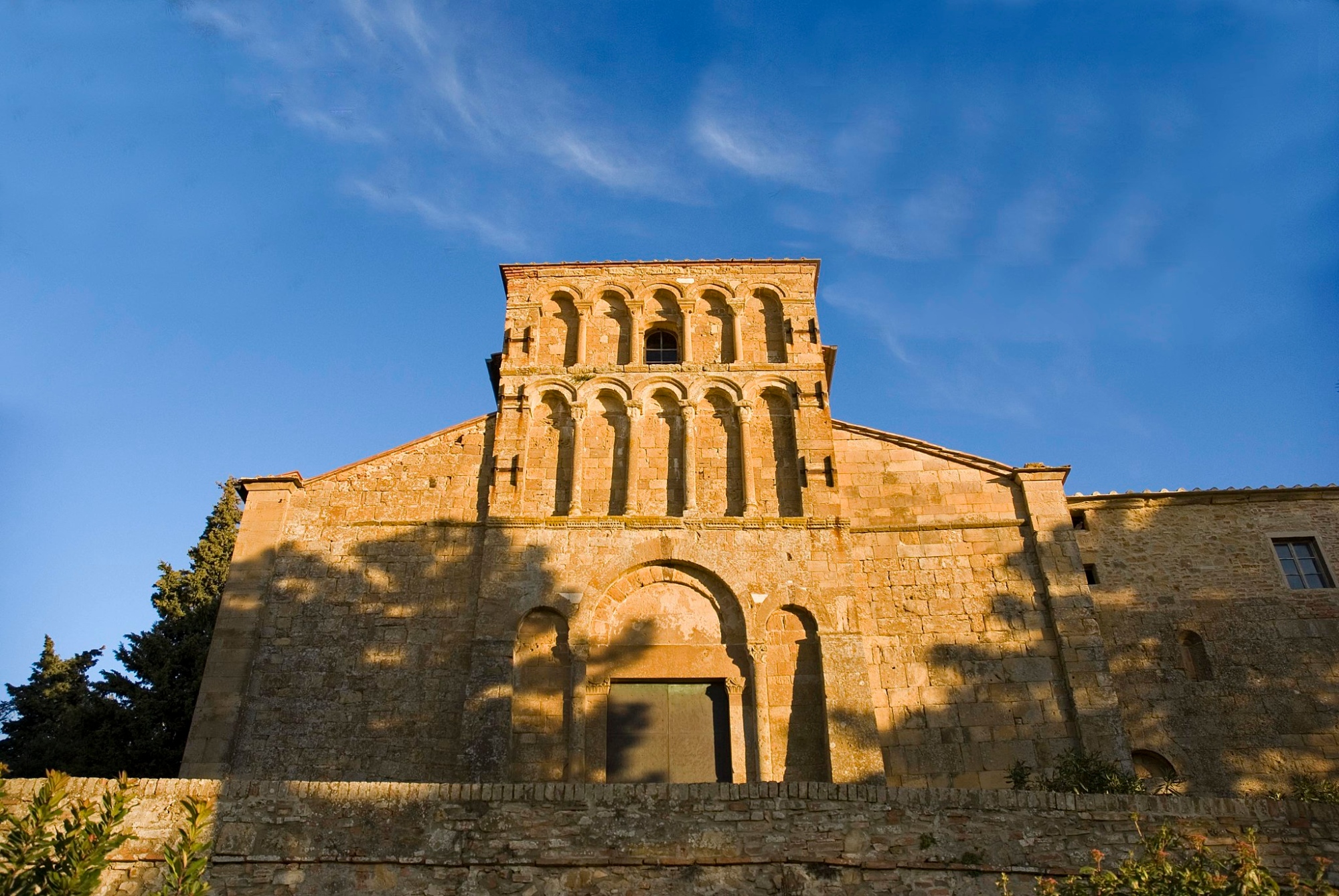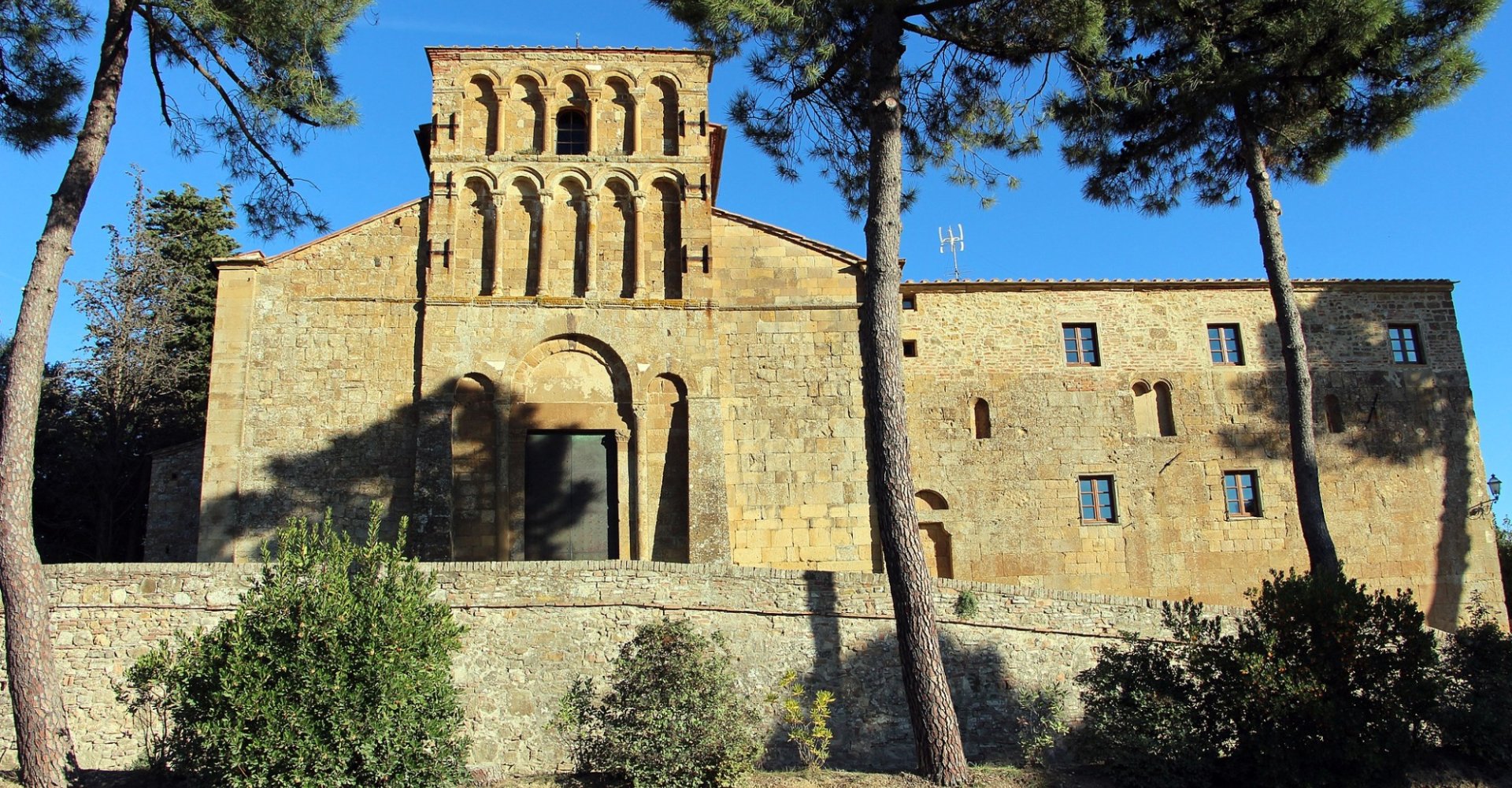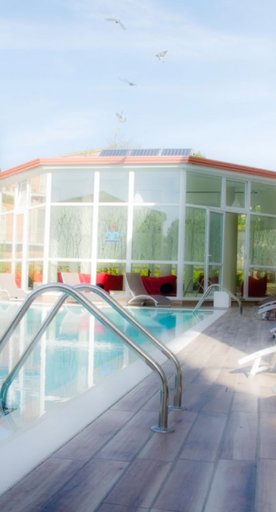Parish Church of Santa Maria Assunta in Chianni
Outstanding example of Romanesque architecture that tells the story of centuries of pilgrimages, worship and history in Valdelsa
The Parish Church of Santa Maria Assunta in Chianni, a short distance from the center of Gambassi Terme (Florence), is one of the most important places of worship in Valdelsa and a symbol of the history of pilgrims along the Via Francigena. The church is mentioned in the diary of Sigeric, Archbishop of Canterbury, as the 20th stop on his return journey from Rome to England, with the name Sancte Maria Glan.
The origins of the parish church are very ancient: documents from the 11th century confirm the existence of a cloister and a primitive parish construction, while the building as we see it today dates back to around 1200, contemporary with the founding of Gambassi Castle. In 1224, the parish was not yet completed and the municipality imposed a tax to support the work. The workers were probably from Volterra, as confirmed by the capital of the second column on the left, created by Johannes Bundivulus, a master builder of the time.

The parish was built from yellow-ocher sandstone and has a plain and elegant appearance, typical of Pisan Romanesque style, reinterpreted with simplicity. The façade has three orders: the first has a central portal with three arches and decorated lesenes, the second has a blind arcade with columns and arches and the third has renovated elements. Lesenes, arches and capitals bring to mind the style of Volterra Cathedral, evidence of the feudal connection to the city of alabaster.
The three-naved interior is divided into six bays supported by monolithic columns with rounded arches. The capitals are all different and reflect Volterra and transalpine influences, creating a refined contrast with the simplicity of the sandstone. Among them, one that stands out is the capital made by JOH BUNDI VULUS (probably the creator's name), decorated with veined leaves and festoons, while others show anthropomorphic and geometric motifs of rare elegance.


